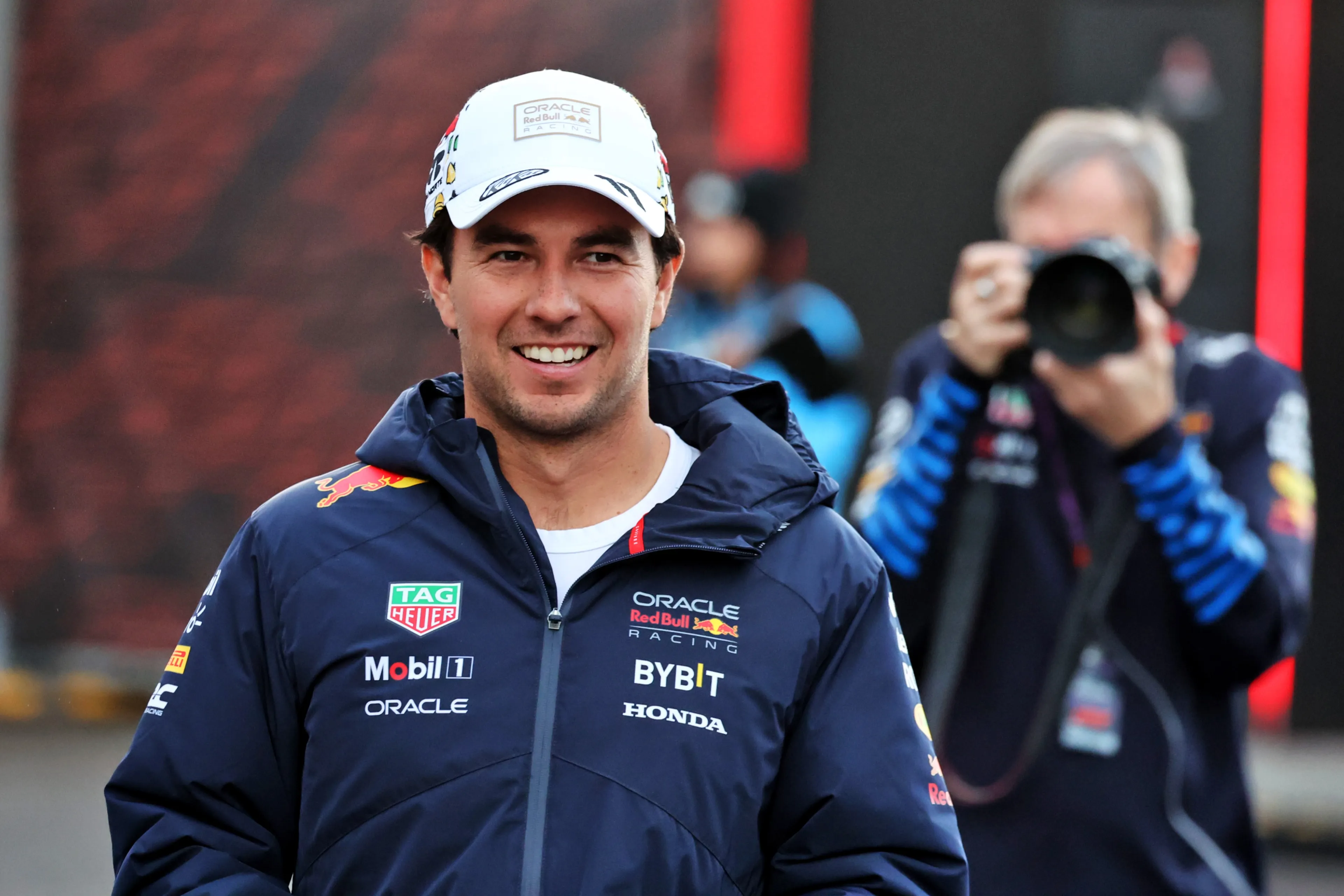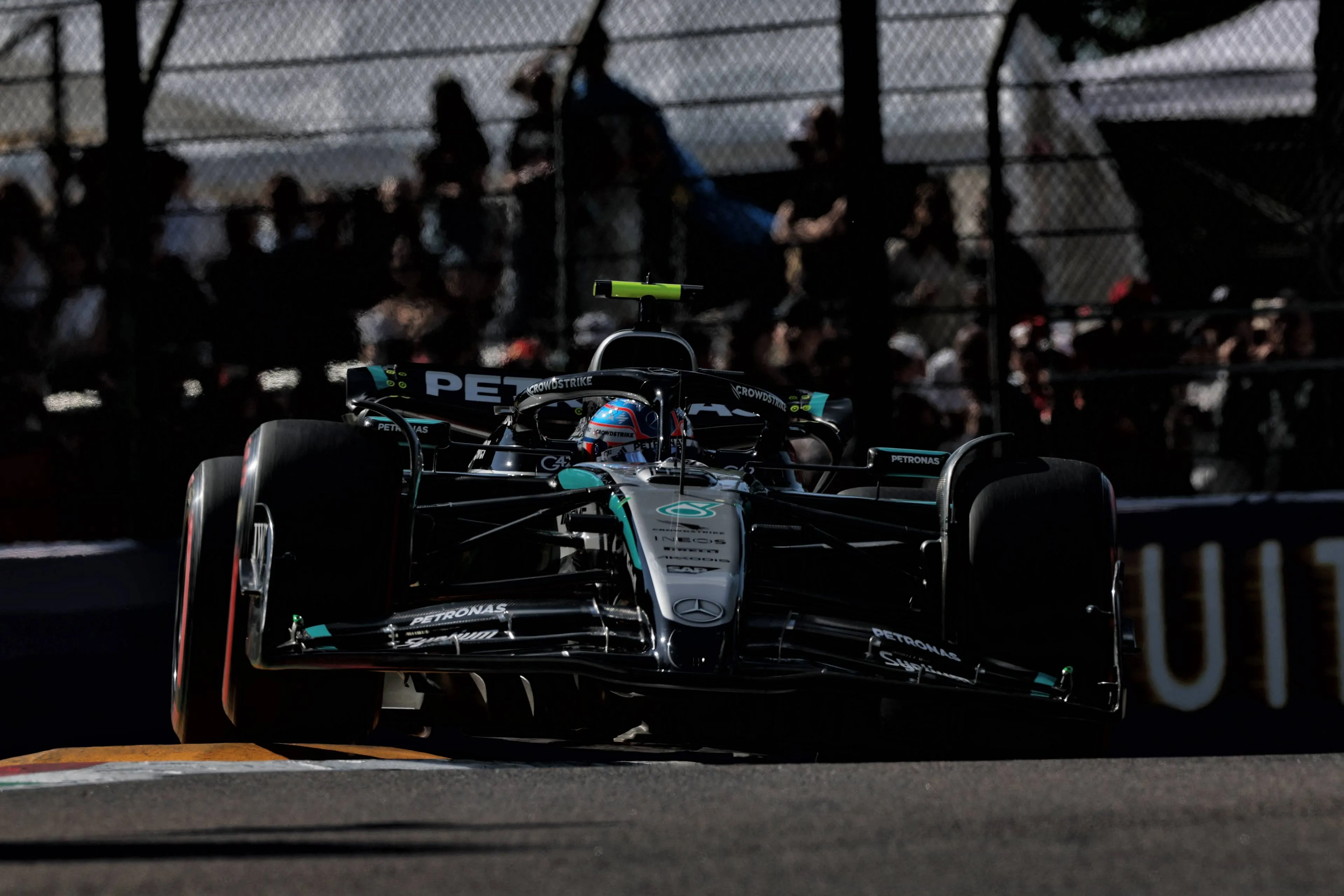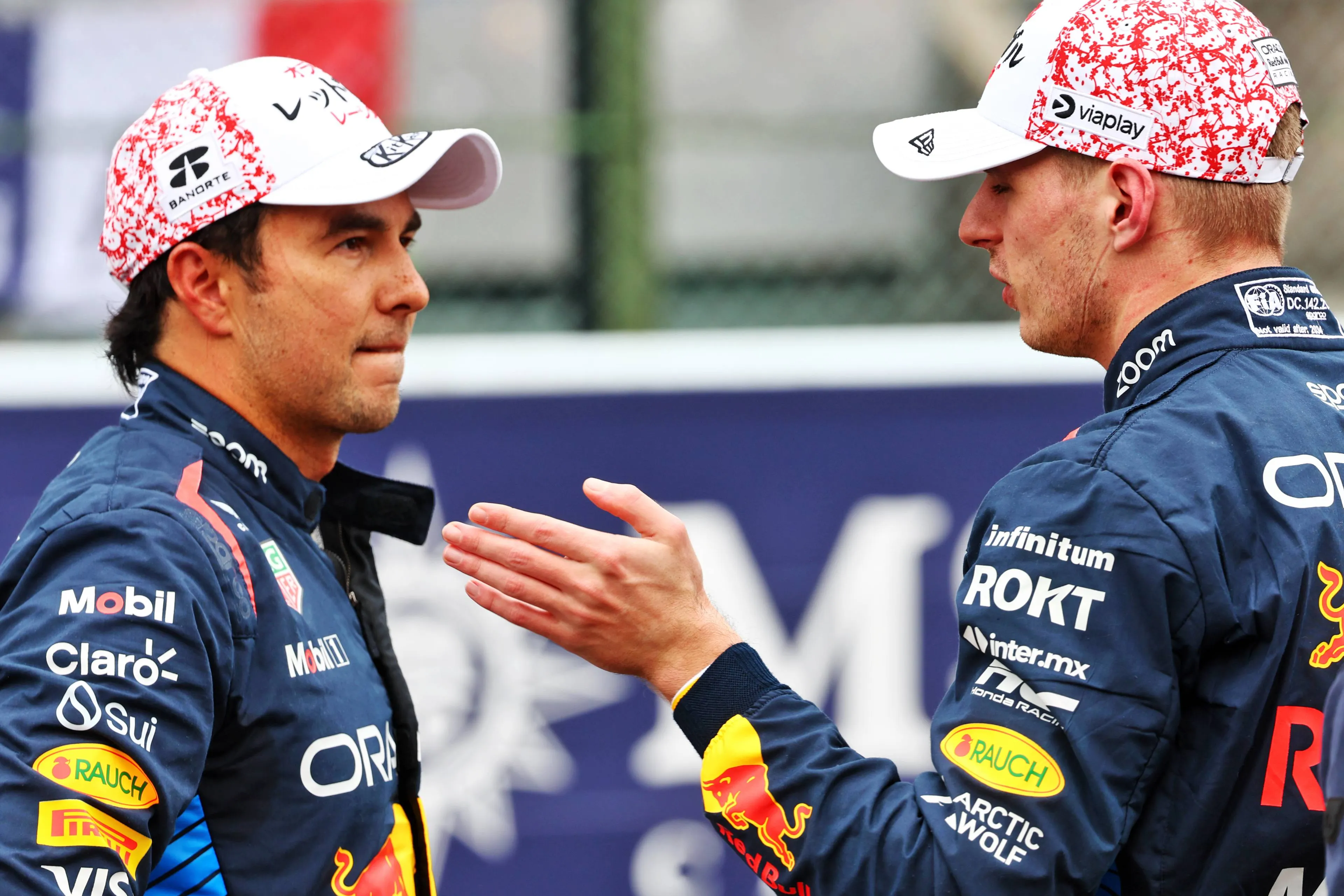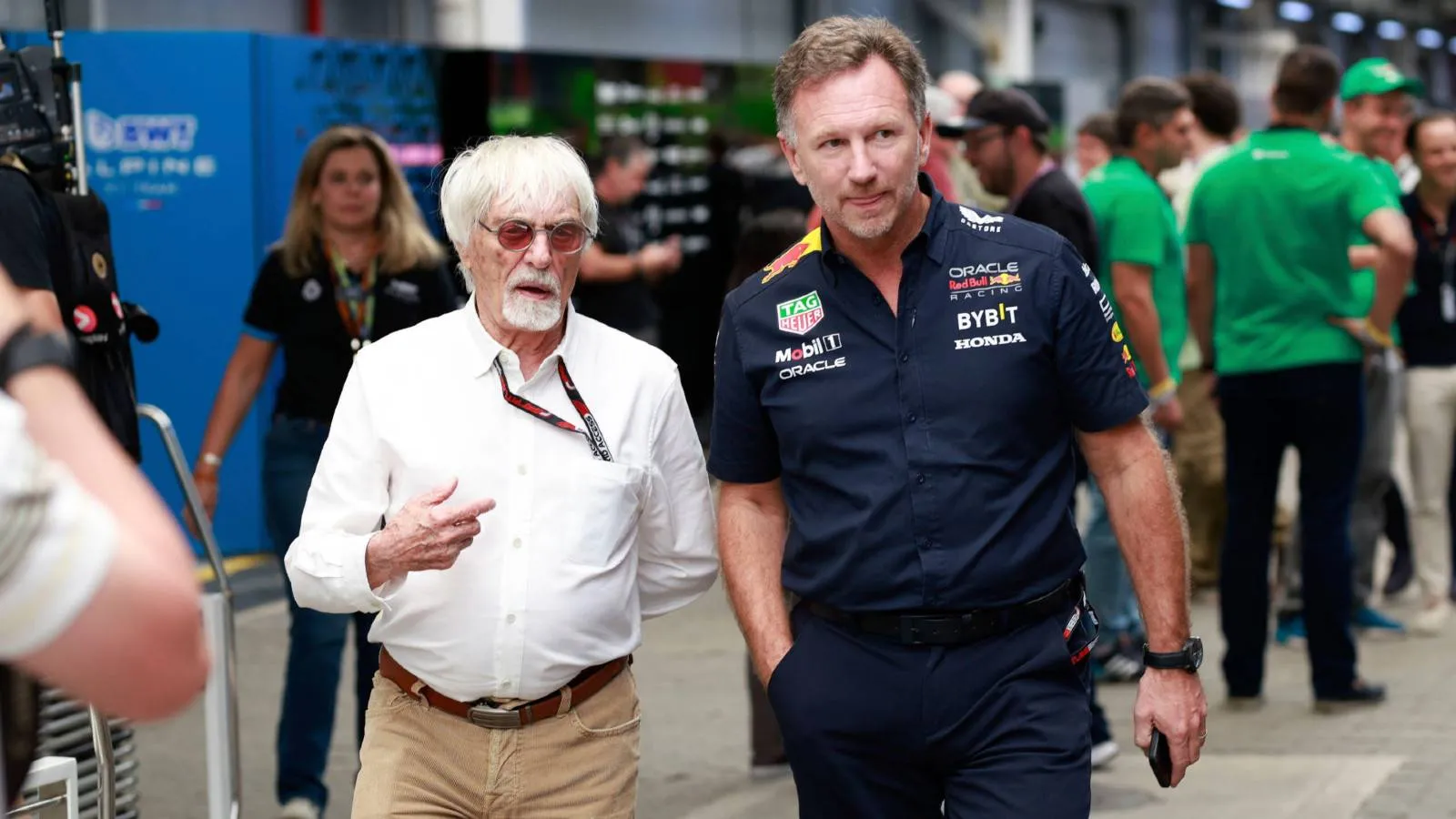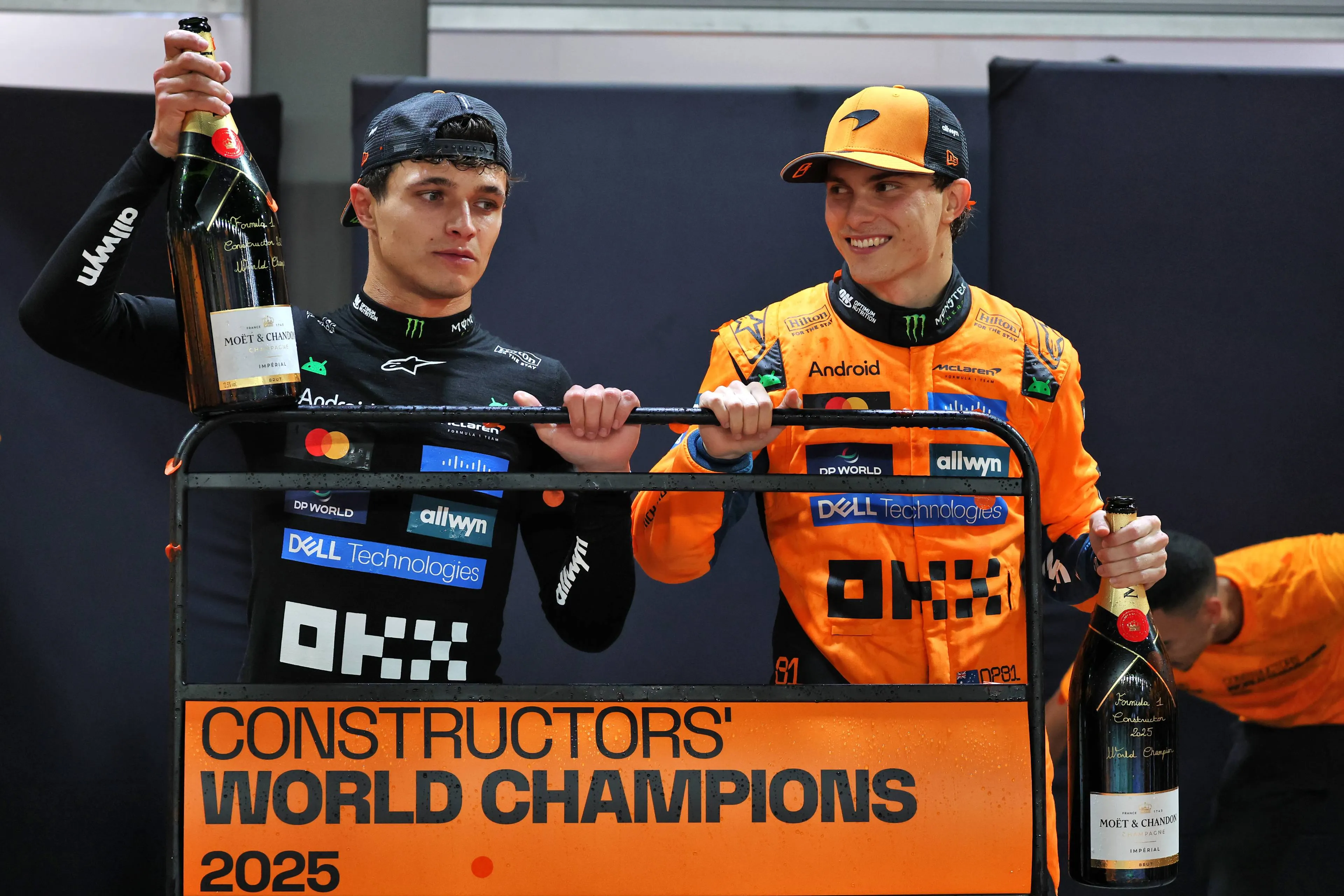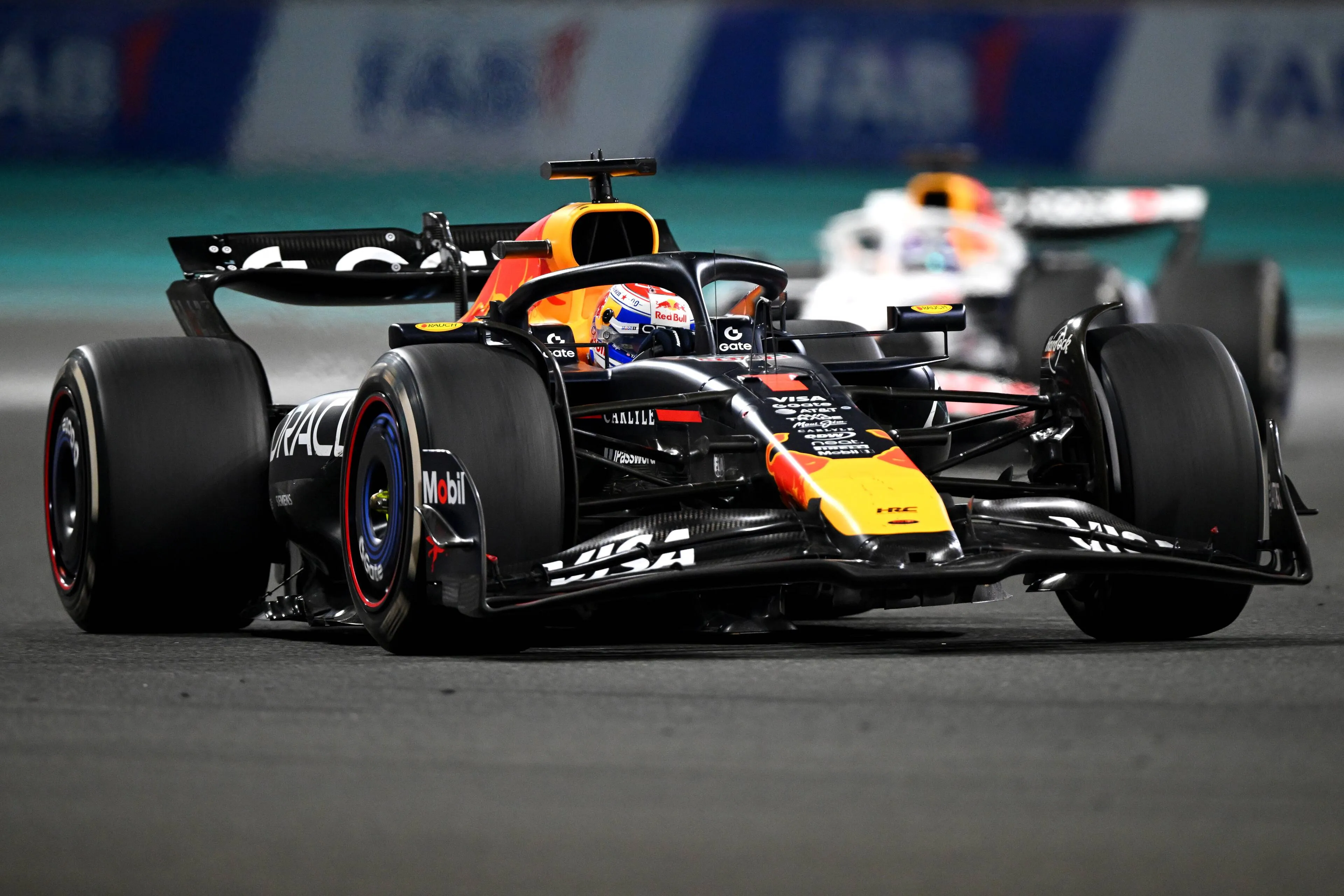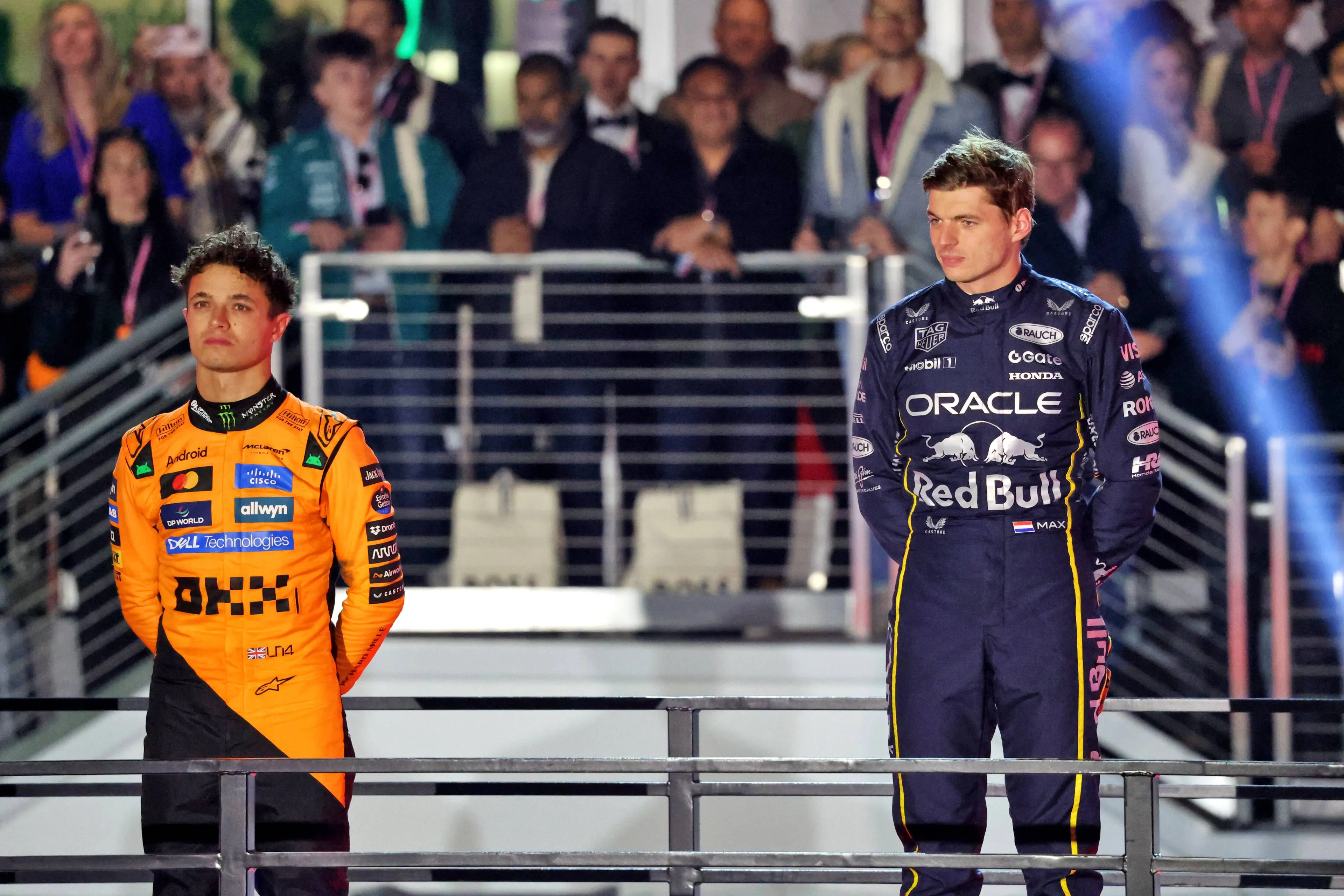Tech Analysis | Why the Hungarian GP could be a turning point of the season
18:00, 08 Jul 2024
0 Comments
Despite victory last time out in Austria, the Mercedes front row lockout in qualifying was a bit of a surprise, but they confirmed their great step forward during the race. Thanks to the changeable conditions and the low temperatures, the W15 behaved very well, having the edge over McLaren and Red Bull for the win. With Ferrari clear fourth team at the moment, the Hungarian Grand Prix could clearly be a preview for the rest of the season. Let’s try to explain why.
Mercedes: how the low temperatures helped the W15
Starting with Mercedes, the W15 behaved very well also this weekend: the smooth Silverstone asphalt allowed the engineers to run the car very stiff and at a very low ride height, maximizing the amount of downforce generated by the Venturi channels and the bodywork of the car, improving the performance especially in the high speed corners. However, the team also found the perfect balance longitudinally from a mechanical point of view, as the W15 seemed very drivable through Vale and Club, with a good level of traction out of the slow corners.
Moreover, the very low temperature clearly helped the Brackley team: as seen many times this year (in Canada for example), a very cold climate allows the W15 to better manage the temperatures (of both the Power Unit and the tyres) and to use an engine cover without gills, improving the overall efficiency of the car. This aspect was underlined also by Lewis Hamilton after Saturday’s qualifying, as he said: “I think the car felt great it was just about getting the tyre temperatures at the right place and sealing the deal when you needed you had the time on the track so I think I was able to do that.”
All these factors combined made the W15 extremely quick not only in qualifying, but also in the first stint of the race on the medium tyres, when both Hamilton and Russell were able to keep an unmatchable pace for everyone else behind. The W15 great ability to babysit the tyres also emerged during the very last stint on the soft tyres, as Lewis Hamilton was able to make the tyres last until the end without having a big drop as Norris did, and eventually won the race.
Having a look at the next two races before the summer break, Mercedes are expected to bring an upgrade package to the Hungarian Grand Prix in two weeks, which could really place them up there with McLaren and Red Bull, constantly fighting for victories on all circuits and in different conditions. A lot will depend on whether the upgrades will work as expected, but if this happens, we could have a completely different season until the end of the year, with three teams in a constant fight for the top spot.
McLaren: the MCL38 was fast, but the race execution was 'poor'
Coming to McLaren, the Woking-based team had the quickest car also this weekend, but the poor execution during the race deprived them of another win.
The MCL38, in fact, arrived at Silverstone with a revised engine cover to suit the British track and weather, and adopted a very low downforce rear wing on Friday that made the car super quick in all sectors. The main plane had a horizontal leading edge and a very short chord, mainly to reduce drag. Together with the mobile flap, they both presented an inward curvature in the central section around the DRS actuator. The goal was to reduce pressure in this area, giving up some downforce to generate a higher top speed.
This rear wing solution was matched with a single element beam wing, which provided very high top speeds on the straights and in fast corners.
However, the team shifted to a more ‘conventional’ set-up on Saturday’s FP3, to better adapt the MCL38 to the variable weather conditions. The engineers fitted the medium downforce rear wing spec (already used in Austria) on the car, conscious that this set-up would have clearly helped their drivers in the mixed conditions also during the race.

And that’s exactly what happened, with Piastri and Norris being extremely quick as the rain started to fall, both on the medium tyres and the intermediates. This great amount of downforce, together with the MCL38’s peculiarity to warm up the tyres very quickly, put a lot of stress on the soft tyres during the last laps of the race, causing a loss of grip and denying Lando Norris every chance to catch Lewis Hamilton for the win.
In the usual post race interviews, team principal Andrea Stella said that “the responsibility of going on soft, rather than on medium, [...] stands with the team”, but also pointed out the fact that different cars were the quickest at different stages of the races, making it extremely difficult to judge which car was the quickest overall: “[...] not necessarily we are the fastest car because in the first stint, when things were pretty regular, Mercedes, they were going.”
His words and his clarity in the explanation are proof that McLaren still need to improve the execution during the race if they want to fight Red Bull and Mercedes, but this is completely normal, seeing where this team were about a year and a half ago.
Red Bull: the 'correlation problems' the main issue this season
Analysing Red Bull’s situation, the Milton Keynes team are now relying exclusively on Max Verstappen and on the trackside engineering group to fight for victories, as the RB20 seems less competitive than it was during the first few races of the season.
For the British Grand Prix weekend the team brought a new floor, revised in the bulge area around the lower SIS: as highlighted in the drawing below, it now has a more regular and less accentuated "step" than the previous version, with a more squared shape (yellow arrows). This slight change also affects the way airflow is pushed towards the floor edge and the rear of the car, interacting with the new sidepod concept introduced a couple of weeks ago in Barcelona. This new part is a consequence of the upgraded layout of the lower part of the floor, the hidden one and useful for generating vertical load.

Although this upgrade was expected to improve the RB20 performance by a few tenths, this didn’t happen and was clearly visible during the first stint of the race, when Verstappen couldn’t keep up with Mercedes and McLaren’s pace. As underlined by the Dutch driver himself to Viaplay after the race, the front tyres were overheating and he couldn’t match his rivals’ pace as a consequence: ''On those mediums, the front tyres immediately got way too hot and I just had no grip in the slow corners. I could no longer attack in the fast corners, so that's why I naturally dropped all the way back.”
Moreover, he also pointed out the necessity to “do more” as a team, as they’re no longer the fastest at the moment, a very tough situation for Red Bull.
Despite the recent aero packages introduced both in Spain and this weekend at Silverstone, the RB20 is underperforming: the “correlation problems” Helmut Makro talked about a few weeks ago are persisting and they’re limiting the development of the car. As happened to other teams (like for example Aston Martin or Ferrari), new solutions that seem profitable in the wind tunnel and simulations, are nowhere near in reality, as they provide less gain margins or even make the car unstable, as recently happened to Ferrari.

This problem can’t be solved by just bringing upgrades, but correlation needs to be refound at first, maybe with some tests with old cars or with aero-rakes and sensors during free practices, to be then sure that, once a “theoretically profitable” new component is fit on the car, it works as expected.
As always happens in the F1 world, it’s easier said than done, because this process can take a lot of time (Mercedes are having these issues since the beginning of 2022). However, if Red Bull doesn’t come up with a solution as soon as possible, their leadership, at least in the Constructors’ Championship, could really be in trouble from Mercedes and McLaren. This could also be a huge problem for the development of the 2025 car because, if the team keeps having this kind of trouble with the upgrades, they’ll no longer have a “stable basis” on which they can develop next year’s car.
For all these reasons, the Hungarian Grand Prix will be a crucial point for the 2024 season, as Red Bull is expected to bring a “major upgrade package” next weekend: if the new components work as expected, they could place Red Bull in a very strong position once again, allowing Verstappen to win races without requiring “miracles”. On the other hand, if the new parts give trouble to the engineers once again, Verstappen and his team will be forced to make everything perfect every weekend, as they’re already doing, to maximise the points scored and maintain the lead of both Championships.
Ferrari: why it could take months to return to the top
Last but not least, Ferrari had a very difficult weekend at Silverstone, as a lot of tests and comparisons were made between the Barcelona package and the Imola package, to come up with a solution to their latest porpoising issues in the high speed.
During both FP1 and FP2 Sainz run the old version, while Leclerc run the upgraded car, with some horrible results: despite the very stiff car and the smooth asphalt, the upgraded SF-24 was bottoming out a lot through Copse and Becketts, with Leclerc forced to control the snaps of the car at every lap. The new package, in fact, improved the behavior of the car in the low speed and medium-speed corners, but caused massive problems in the high speed, as it makes the SF-24 very unstable and difficult to drive.

With the forecast predicting rain for both Saturday and Sunday, the team decided to switch to the old car with both Sainz and Leclerc from FP3 onwards, giving up the competitiveness in the medium speed corners for a more balanced and stable car through the high speed.
Although the Spaniard finished the race in P5, in the usual post-race interviews he underlined that the team realized to “have lost two or three months there of performance gain in the wind tunnel and performance that we could have added in these three months.”
With such tight margins among the top teams, these few tenths could really make the difference in the upcoming races for Ferrari, as it’ll take some time to find the solution to this problem. As Sainz continued: “So far how the situation we're in, I trust the team will do the right calls circuit to circuit until a more solid package, which is not bouncing in high speed and good in low speed, arrives and then we will start thinking about battling the top three teams again.”
His words underline the difficult moment Ferrari are facing, but a solution must be found: the new floor generates a lot more downforce, but the suspension system, even if stiffened, can’t simply handle it at high speed. As a consequence, the SF-24 suffers from bouncing, which unsettles the car and makes it extremely nervous. The solution must lay in a different design of the underfloor or using different materials to stiffen the floor itself, but at this point, tests and comparison on track are fundamental to come up with good solutions and don’t lose any more time to their rivals, as they’ll keep going forward in the next few months.
In conclusion, another spectacular weekend of racing has just ended, with three different winners in the last three races. This could just be the start of a more exciting second half of the season, as new technical solutions will appear on cars from Hungary onwards.
Read more about:
Popular on GPBlog

1
Red Bull leads F1 2026 car launches, one team yet to make announcement
3763 times read
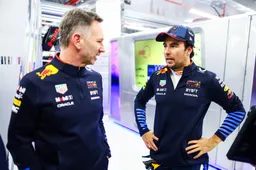
2
Perez reveals final Horner conversation after being replaced by Red Bull
1166 times read
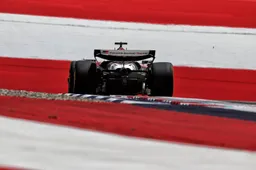
3
Team switches launch date of F1 2026 car due to over-congestion
581 times read
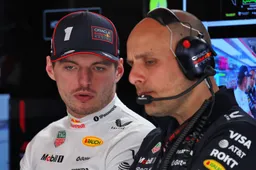
4
Verstappen’s race engineer Lambiase to remain at Red Bull Racing
541 times read
Loading




